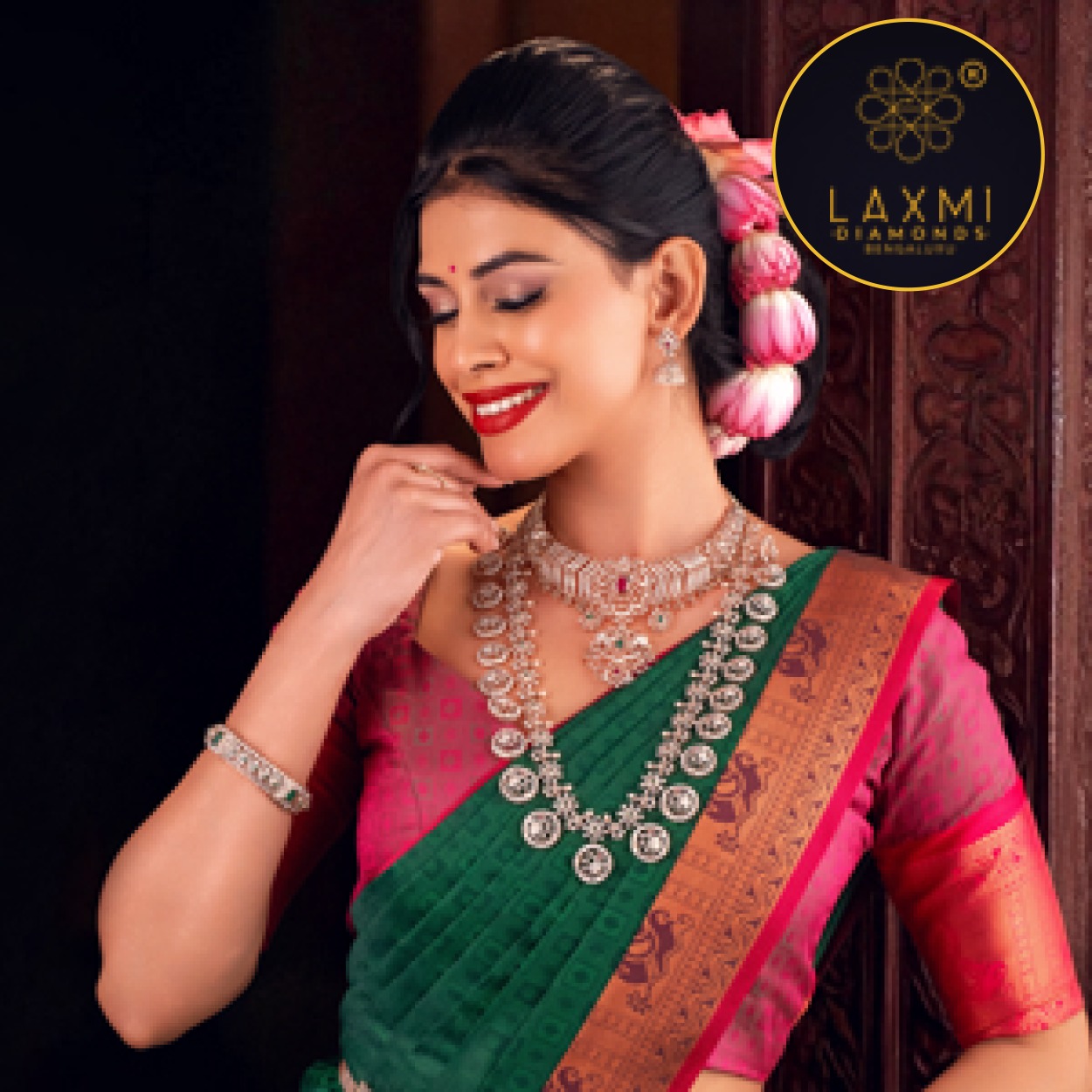JB Insights
Birdhichand Ghanshyamdas Jewellers: Timeless legacy rooted in heritage, craftsmanship and luxury

Birdhichand Ghanshyamdas Jewellers is a legacy rooted in decades of traditional jewellery-making, blending age-old craftsmanship with modern design sensibilities. Reflecting the grandeur of Indian luxury, each piece celebrates the rich heritage of Jaipur through intricate detailing, rare gemstones, and artistic excellence. The jewellery goes beyond ornamentation—it’s a reflection of identity, culture, and timeless style. Yash Agarwal – Creative Director – Birdhichand Ghanshyamdas Jewellers speaking to JewelBuzz underlines how by preserving tradition while embracing innovation, Birdhichand Ghanshyamdas creates heirlooms that echo India’s history and continue to inspire future generations.
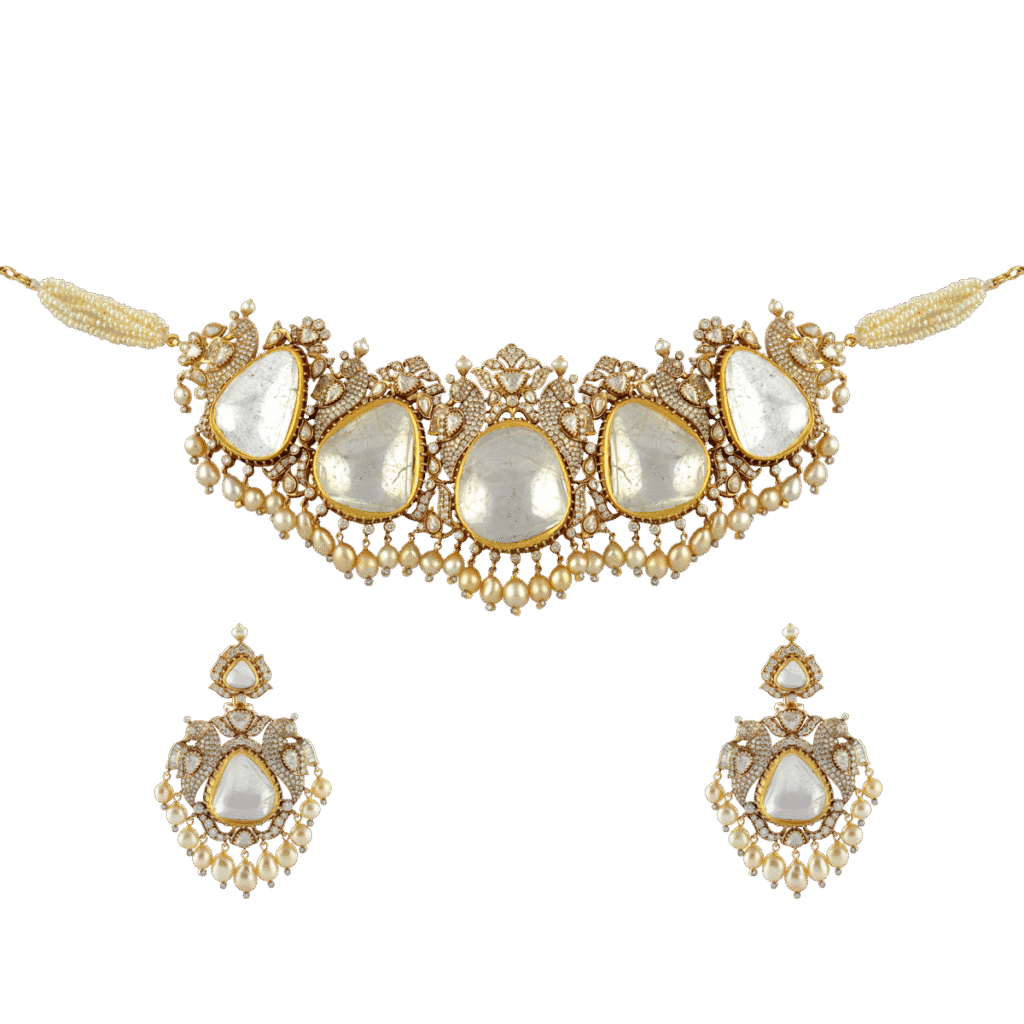
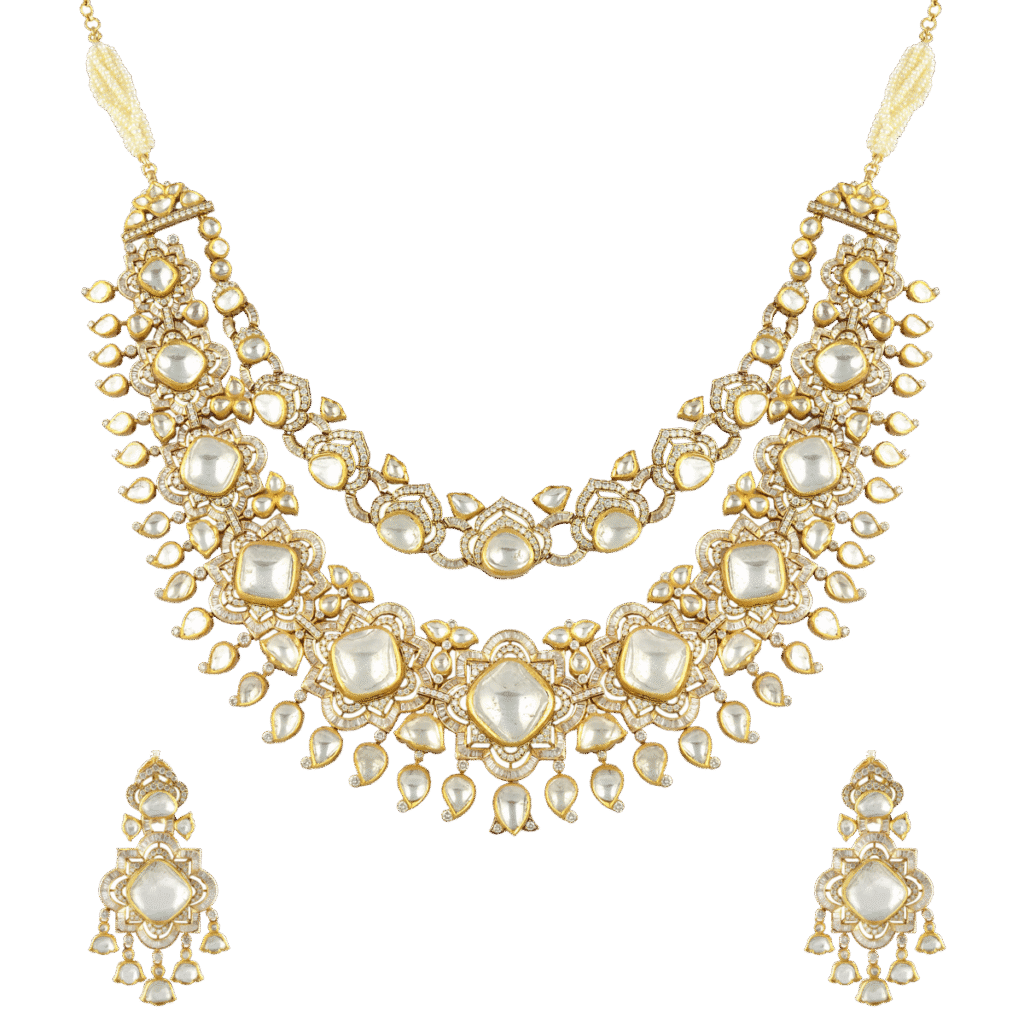
How do you define the legacy of Birdhichand Ghanshyamdas Jewellers?
Birdhichand’s legacy is rooted in decades of traditional jewelry-making and craftsmanship. We’ve preserved our heritage by blending age-old techniques with modern designs, creating timeless pieces that reflect Indian luxury. Our legacy is about artisanal excellence, authenticity, and celebrating the rich history of Jaipur. Our pieces not just showcases style statement but a reflection of one’s identity, embodying the excellence of timeless Indian luxury.


Explain the USP of your brand.
Our USP lies in our intricate designs and unique craftsmanship which narrates a legacy in itself. From the bold polki patters to coloured gemstones and enamel work, every piece is a statement and represents Jaipur culture and the city’s vibrant history. Our jewellery is rich in heritage while also fashion forward for those looking for traditional pieces with a modern element.
What is your design philosophy?
At Birdhichand, our main philosophy is reviving our culture through our designs. India and Rajasthani architecture has been spoken about since ages and we wanted to relive those designs with our jewellery through meticulous craftsmanship, coloured and rare gems and bold statement pieces. Our aim is to create jewellery that our timeless and can be passed on through generations.
Kindly provide details of your product offerings, bridal & jewellery collections.
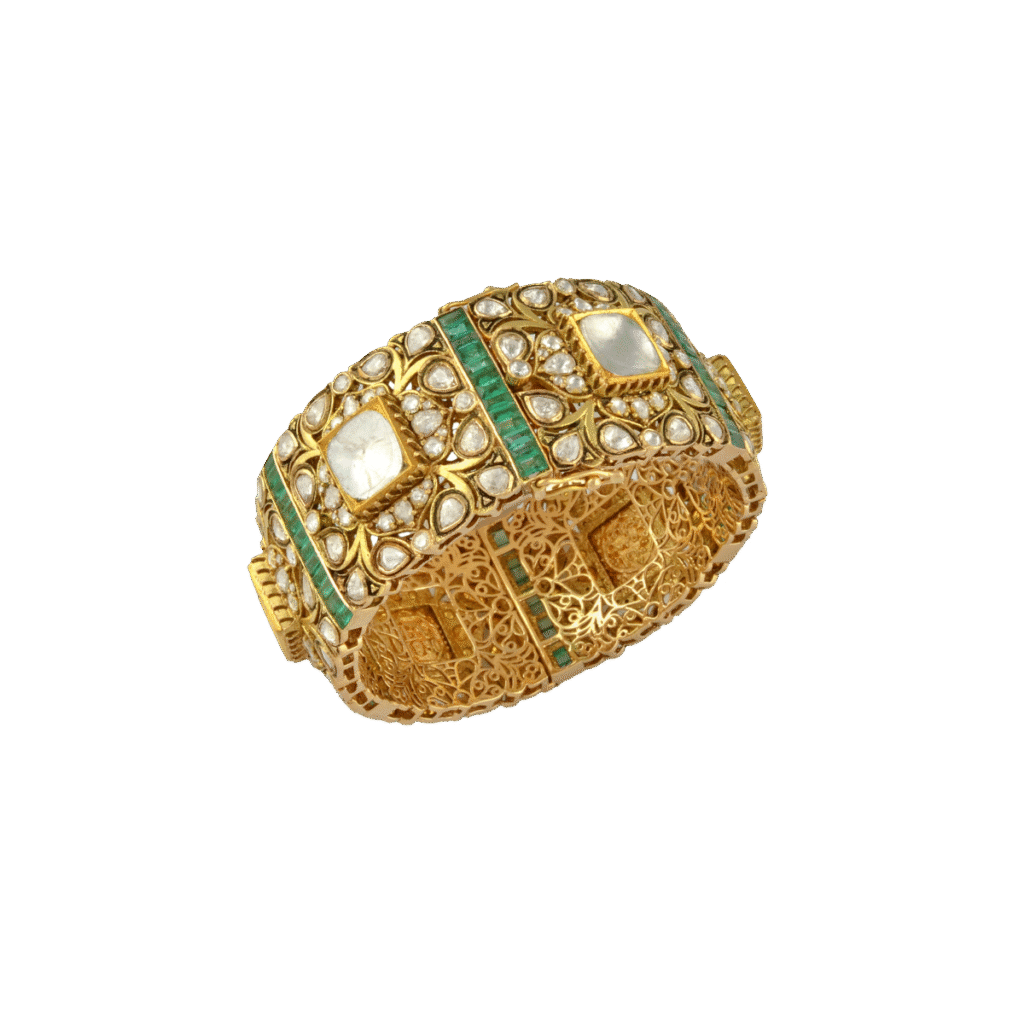
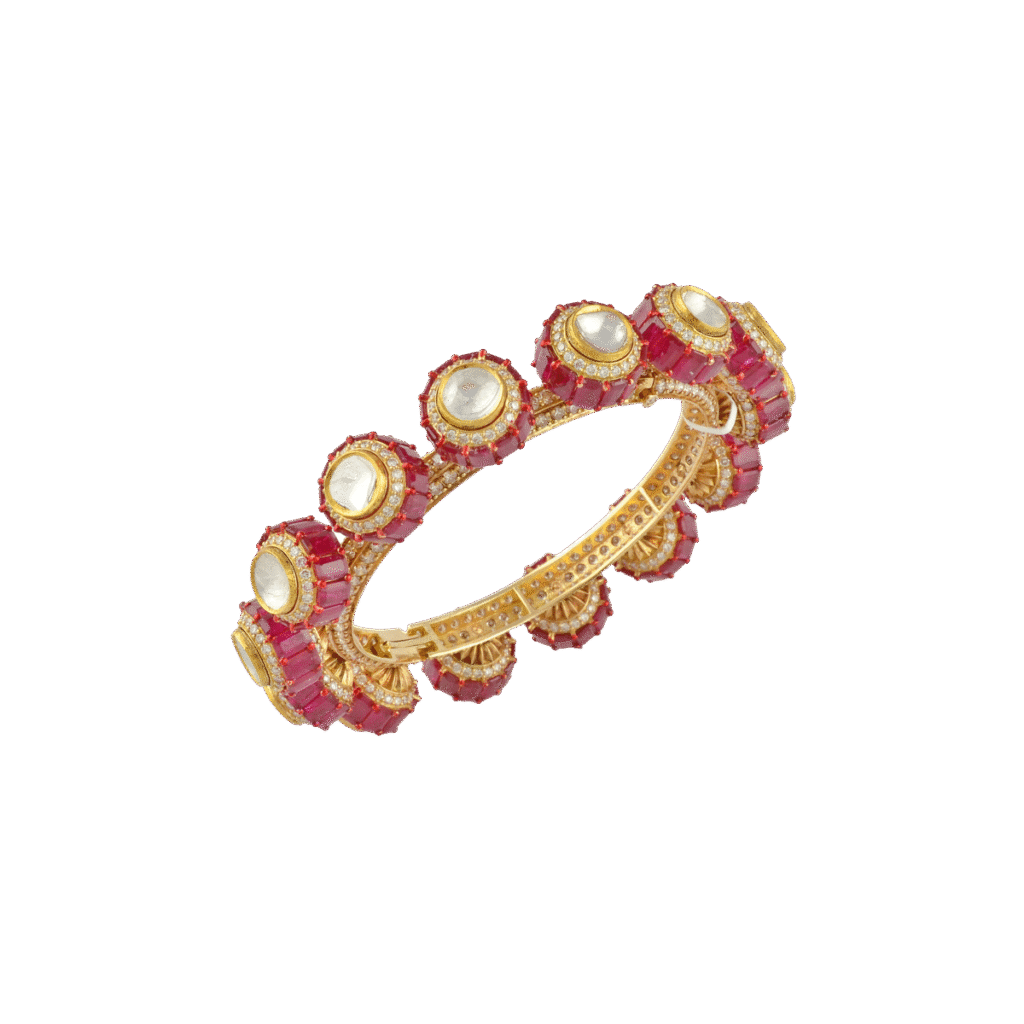
Our collections showcase exquisite bridal pieces and contemporary designs, blending traditional Indian heritage with modern designs. From intricately crafted polki jewelry to vibrant colored gemstones, our pieces range from statement-making occasion wear to versatile essentials. Our diverse offerings include earrings, hathphools, chokers, rings, and brooches – each beautifully curated to celebrate the richness of Indian craftsmanship with a modern twist.
How do you ensure that your jewellery designs reflect Jaipur’s cultural heritage while appealing to the evolving tastes of younger generations?
Our journey began in Jaipur, a city that has eternally inspired us with its vibrant culture and stunning architecture. We draw muse from the city’s intricate designs and majestic structures, reinterpreting them through a modern lens to create pieces that resonate with contemporary trends. Our designs seamlessly blend Jaipur’s rich legacy with bold, expressive sensibilities, reflecting the perfect harmony of tradition and modernity.
What role does sustainability play in your sourcing of materials and crafting processes for your jewellery collections?
Sustainability is a collective responsibility, not a choice. We’re committed to ethical sourcing and craftsmanship, ensuring our diamonds are not only beautiful but also responsibly sourced. Our skilled artisans, masters of Kundan and Meenakari techniques, carefully craft each piece as a timeless heirloom designed to last generations – a testament to our dedication to quality, tradition, and conscious luxury.
How does your brand differentiate itself from other traditional jewellery makers in Jaipur in terms of craftsmanship and innovation?
While many traditional jewellers focus on preserving legacy, Birdhichand seeks to balance heritage with innovation. We reimagine ancient architectural techniques through a modern lens, experimenting with color, pattern, and storytelling to create unique pieces. Every creation by our master artisans is a work of art, blending timeless tradition with contemporary flair.
What specific measures have you taken to make your jewellery accessible to a global audience without compromising its cultural authenticity?
We’ve taken a thoughtful approach to sharing our heritage with a global audience. Our aim is to reinvent traditional designs with modern elements, staying true to their authentic roots. Each piece tells a story, which we share through luxury exhibitions and digital platforms. This approach allows our audience to understand the heritage behind every creation, showcasing how our jewelry seamlessly blends modern sensibilities with timeless tradition. By leveraging both physical and digital channels, we’ve made our culturally rich jewelry accessible worldwide while preserving its authenticity.

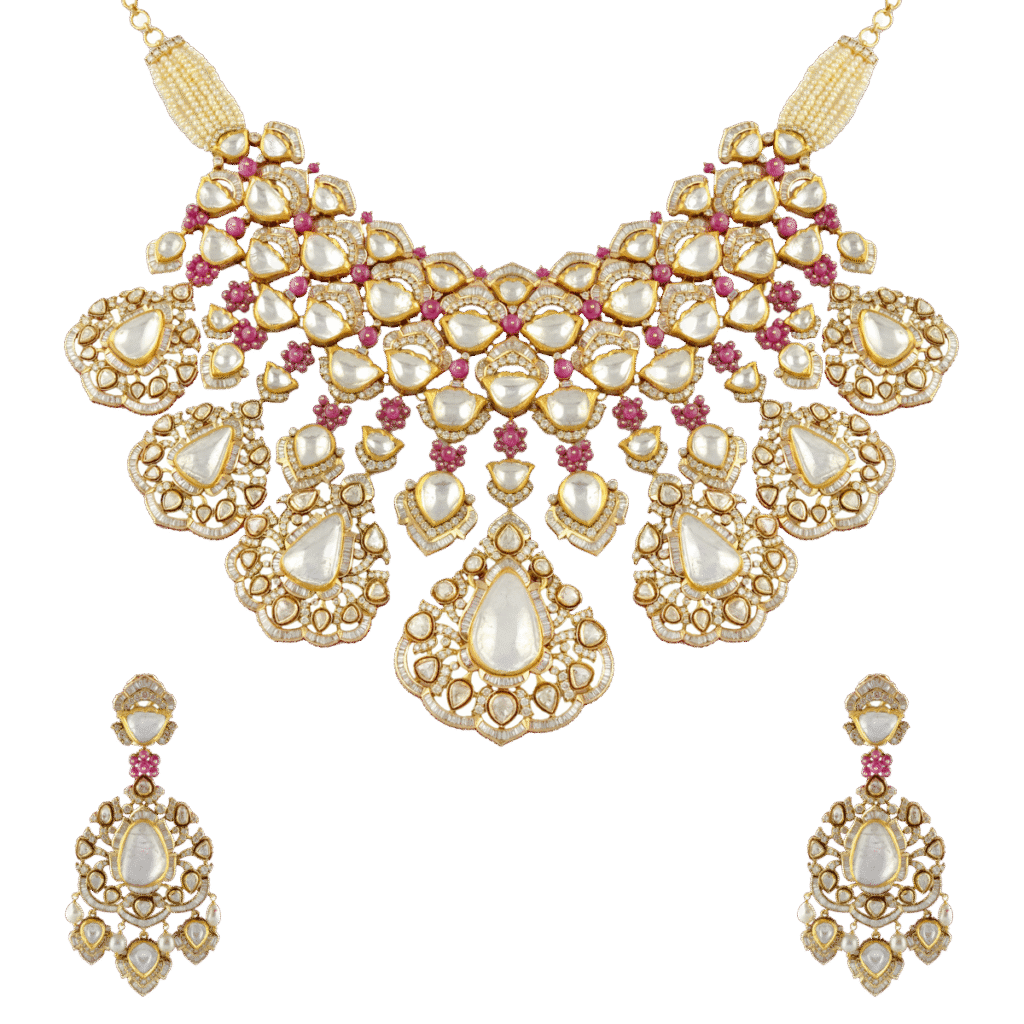
How do you incorporate modern technology, such as AI, in jewellery designing?
AI and technology play a supporting role in our design process, augmenting the creativity of our skilled artisans. Rather than replacing traditional craftsmanship, AI serves as a tool to help build intricate design patterns, experiment with new ideas, and visualize complex geometries. Meanwhile, our artisans bring depth and storytelling to each piece, ensuring a perfect blend of tradition and innovation.
Where does Birdhichand Ghanshyamdas Jewellers see itself in the coming years? What is the roadmap?
Our vision is to transcend geographical boundaries, expanding our presence beyond Jaipur and Delhi to global markets. Through strategic pop-ups, exhibitions, and collaborations, we aim to create immersive experiences that showcase the richness of Indian craftsmanship. By fusing traditional designs with modern aesthetics, we aspire to establish Birdhichand as a global ambassador of Indian jewelry, sharing our heritage with audiences worldwide.
Where is Birdhichand Ghanshyamdas Jewellers’ presence beyond the Indian market?
While are roots remain in Jaipur, we have extended our presence internationally with clientele in UK, UAE, Bahrain, Singapore, and Riyadh. We have a strong retail presence in Doha and Dubai which allows us to engage with the international audience that values our Indian craftsmanship.
JB Insights
Women Leaders Driving the Luxury Renaissance
How Female Leaders Are Redefining the Future of Luxury Watches & Jewellery. A powerful new era emerges as top global maisons embrace female leadership, reshaping strategy, creativity, and the future of billion-dollar luxury empires.

For decades, the world of fine jewellery and luxury watchmaking has dazzled with feminine allure—yet the boardrooms steering these global luxury giants remained largely dominated by men. While women have always been the heart of the industry as consumers, muses, and creative inspirations. Today, that narrative is being rewritten.
Across the globe, luxury watch and jewellery houses are witnessing a historic shift: women are increasingly taking centre stage as CEOs, artistic directors, and decision-makers, steering strategy and shaping the future of some of the world’s most iconic brands. This rise of female leadership is not just a symbolic change—it’s redefining the creative and commercial landscape of the luxury sector.
A Spotlight on Powerful Women Shaping the Industry
Here are some of the remarkable women redefining the luxury frontier:
Caroline Scheufele, Co-President & Artistic Director, Chopard
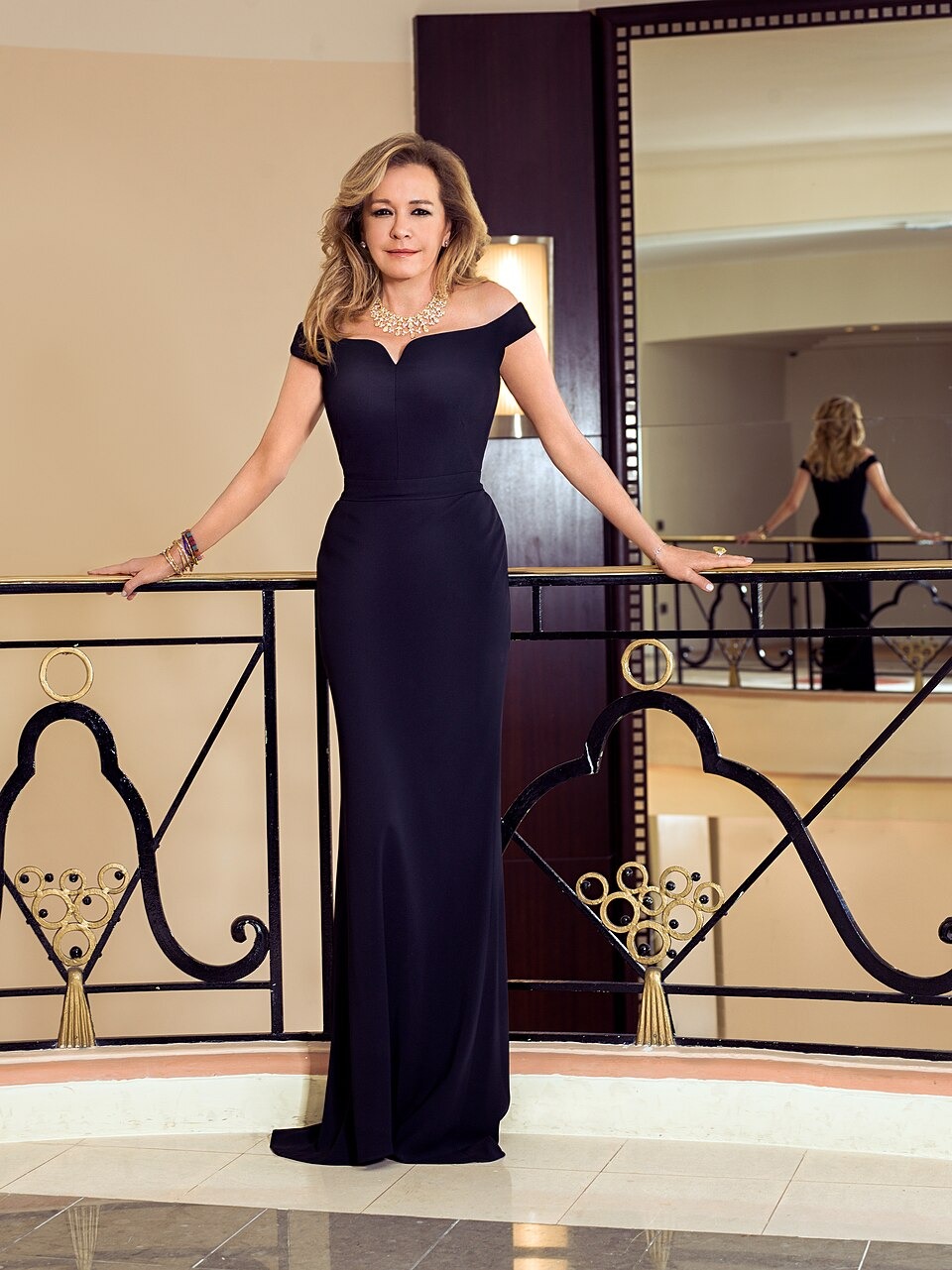


The creative force behind some of Chopard’s most iconic collections, Caroline Scheufele blends heritage with modernity, championing craftsmanship and sustainability.
Ilaria Resta, CEO, Audemars Piguet


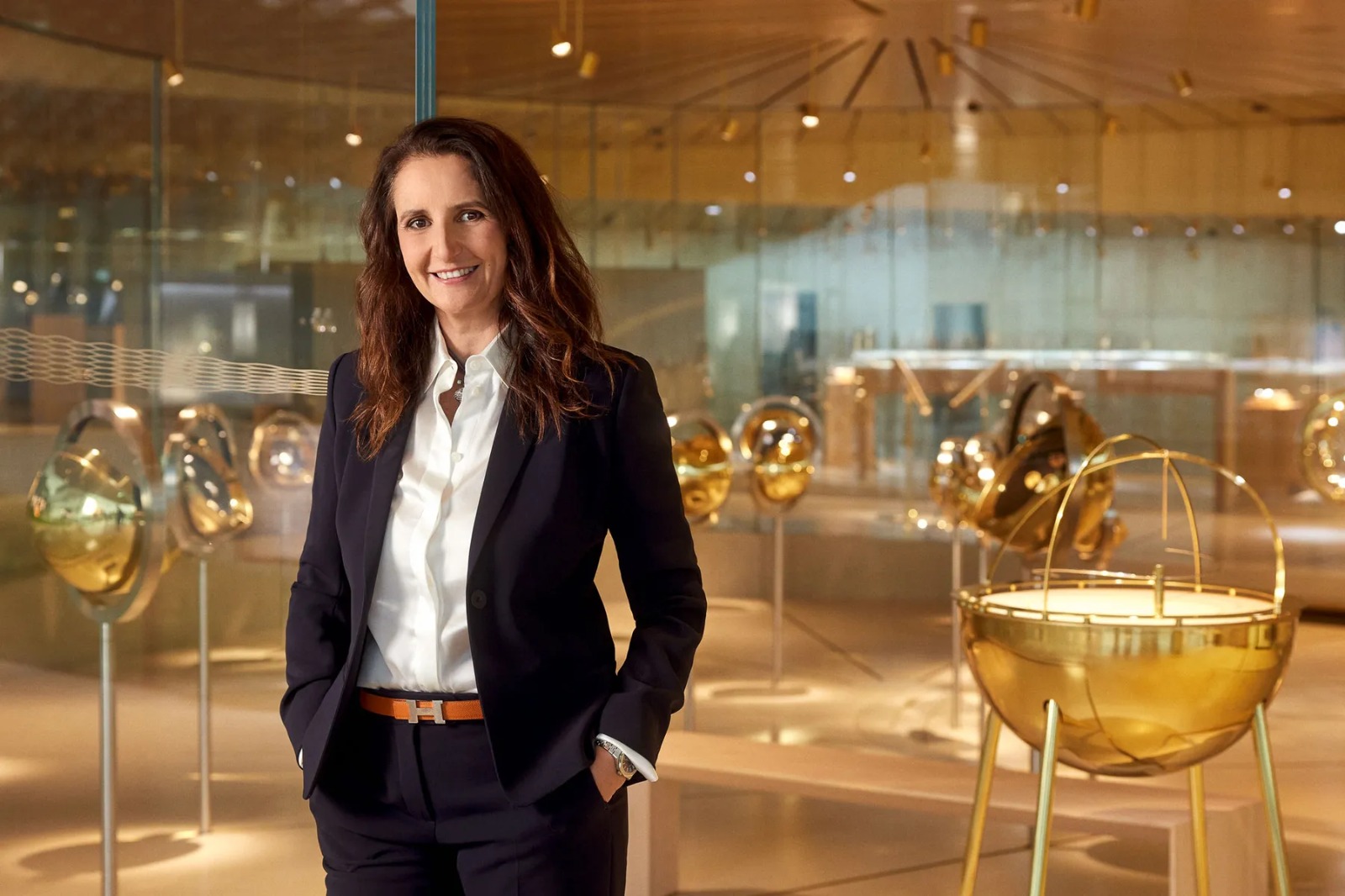
With her dynamic leadership and consumer-centric vision, Ilaria Resta is guiding the watchmaking powerhouse into a new era of relevance and cultural presence.
Catherine Rénier, CEO, Van Cleef & Arpels
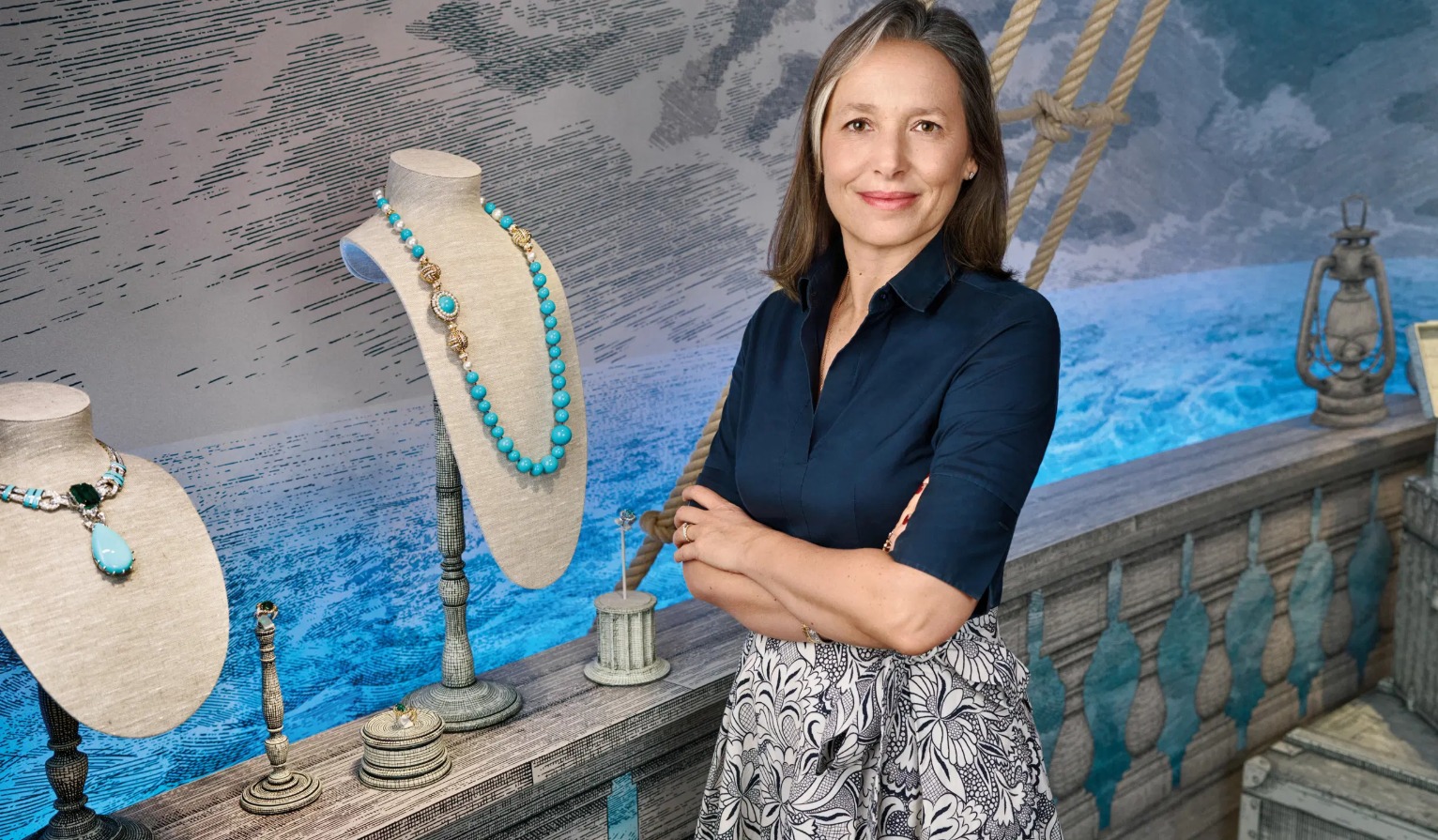
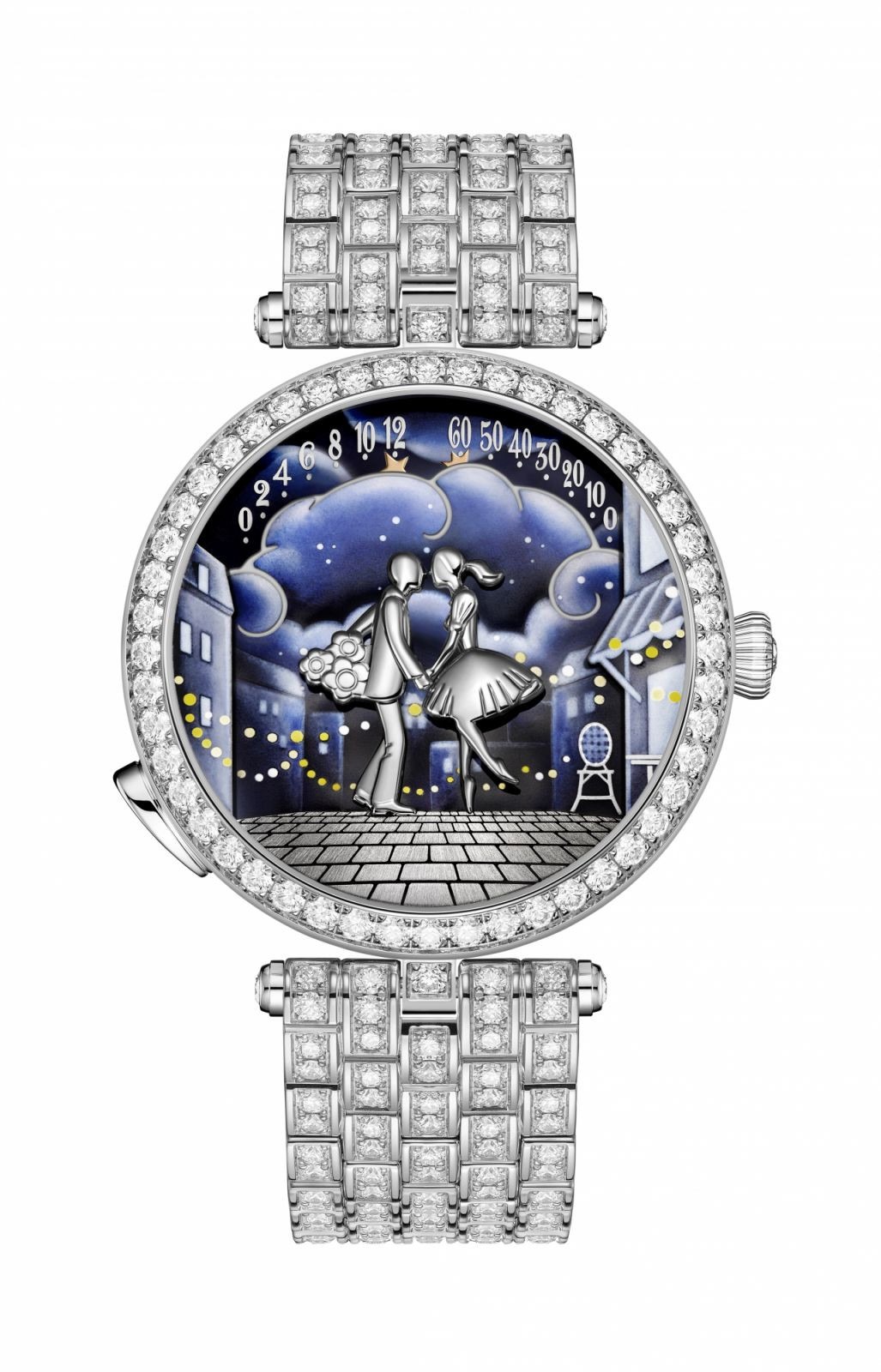

Known for her strategic elegance, Catherine Rénier is strengthening the maison’s identity through poetic storytelling and exceptional artistry.
Laura Burdese, Deputy CEO, Bvlgari


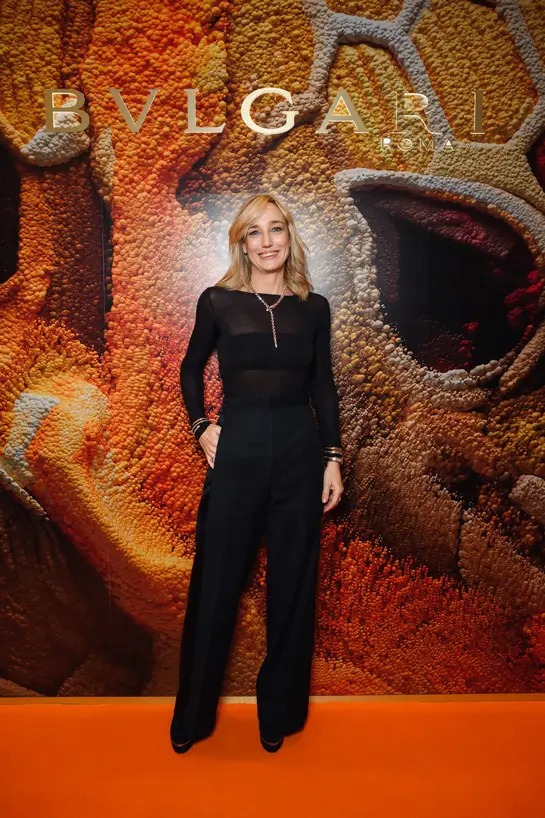
Laura Burdese plays a pivotal role in steering Bvlgari’s global expansion, bringing a strategic, bold approach to one of the most recognisable luxury brands.
Sabina Belli, CEO, Pomellato


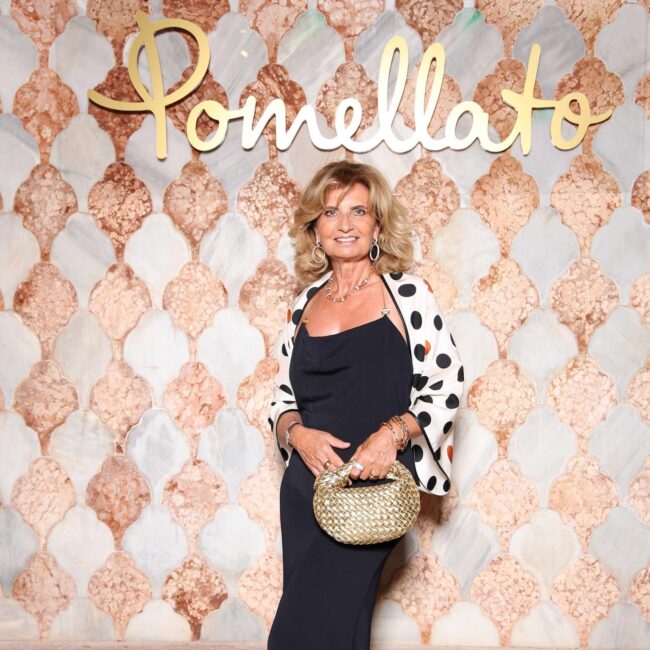
A champion of women empowerment, Sabina Belli is credited with elevating Pomellato’s identity as a modern, fashion-forward jewellery brand with deep Milanese roots.
Hélène Poulit-Duquesne, CEO, Boucheron



Her leadership has pushed Boucheron into an exciting contemporary phase, blending innovation with emotional storytelling and bold design.
A Shift That Goes Beyond Leadership
This rise of women in top leadership roles is influencing every facet of the luxury jewellery ecosystem:
- Design philosophies are evolving with deeper emotional narratives, inclusivity, and modern cultural relevance.
- Brand strategies increasingly reflect values like sustainability, authenticity, and empowerment.
- Consumer engagement is becoming more experiential, storytelling-driven, and globally attuned.
These executives are not simply filling leadership positions—they are reshaping the definition of luxury itself.
The New Blueprint for the Future
The ascent of female leaders marks a pivotal moment for an industry long shaped by tradition. Their vision is ushering in a new era where creativity meets strategic innovation, and where luxury houses embrace contemporary values without compromising on heritage.
The future of luxury watches and jewellery is being rewritten—and women are holding the pen.
As global maisons continue to embrace this transformation, one thing is certain: the industry is entering its most exciting chapter yet, driven by the creativity, clarity, and leadership of exceptional women at the helm.
-

 JB Insights1 hour ago
JB Insights1 hour agoWomen Leaders Driving the Luxury Renaissance
-

 BrandBuzz31 minutes ago
BrandBuzz31 minutes agoMCA raises “small company” thresholds – up to ₹10 cr capital & ₹100 cr turnover from 1st December 2025, major relief for jewellery trade
-

 National News5 hours ago
National News5 hours agoSHINESHILPI Announces the Launch of The Shine House, India’s Biggest B2B Jewellery Hub
-

 National News3 hours ago
National News3 hours agoTalla Jewellers Successfully Hosts Free Health Checkup Camp with Fortis Escorts Amritsar and Live For Others Foundation






